There seems to be nothing in your cart.
Didn't find what you were looking for? Contact our consultant.
To save your shopping cart until your next visit, create an account or register .
Browse our Hits sales
There seems to be nothing in your cart.
Didn't find what you were looking for? Contact our consultant.
To save your shopping cart until your next visit, create an account or register .
Browse our Hits sales
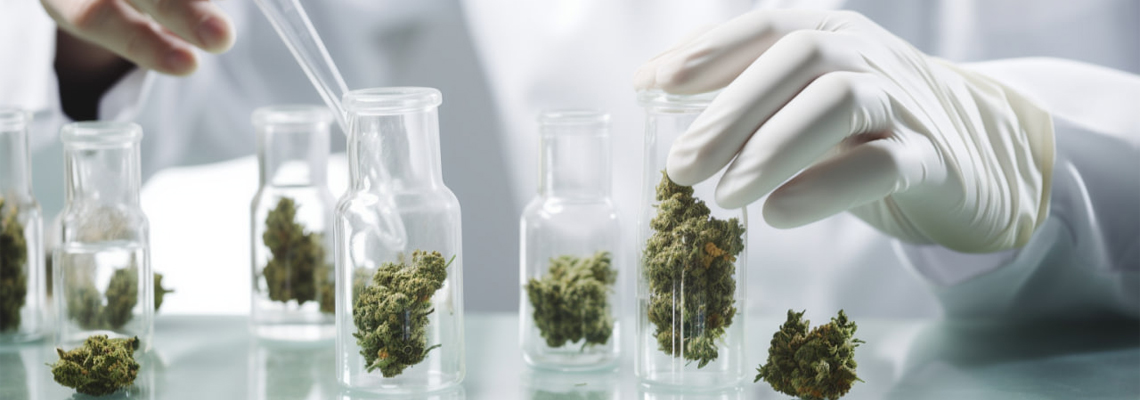
*This text is provided for informational purposes only. The information provided by the author is his own development using information from publicly available sources. The company is not responsible for the submitted copyright material.
Contents
Every year more and more people are wondering what is medical cannabis and how is it different from recreational cannabis?
Medical cannabis is a topic of considerable interest in the medical community and the public. This is a term commonly used to refer to cannabis strains that contain a high amount of cannabidiol (CBD) compared to tetrahydrocannabinol (THC) The main difference between the two cannabinoids is that THC has psychoactive properties while CBD does not. What makes medical cannabis different from regular cannabis?
Medical cannabis has been the subject of many scientific studies, and the results of these studies support its potential usefulness in the treatment of a number of conditions, including chronic pain, inflammation, epilepsy, post-traumatic stress disorder (PTSD) symptoms, and many others.
It is important to note that some diseases may require cannabis strains with a higher THC content to provide a therapeutic effect. In this sense, it can be said that all cannabis, depending on its use, can be "medical". However, to ease the general understanding of the term, "medical cannabis" is usually associated with non-psychoactive, CBD-dominant strains.
As with any field of medicine, the dosage and method of application of medical cannabis may vary depending on the specific condition and individual needs of the patient. We will look at some examples of applications in this article.
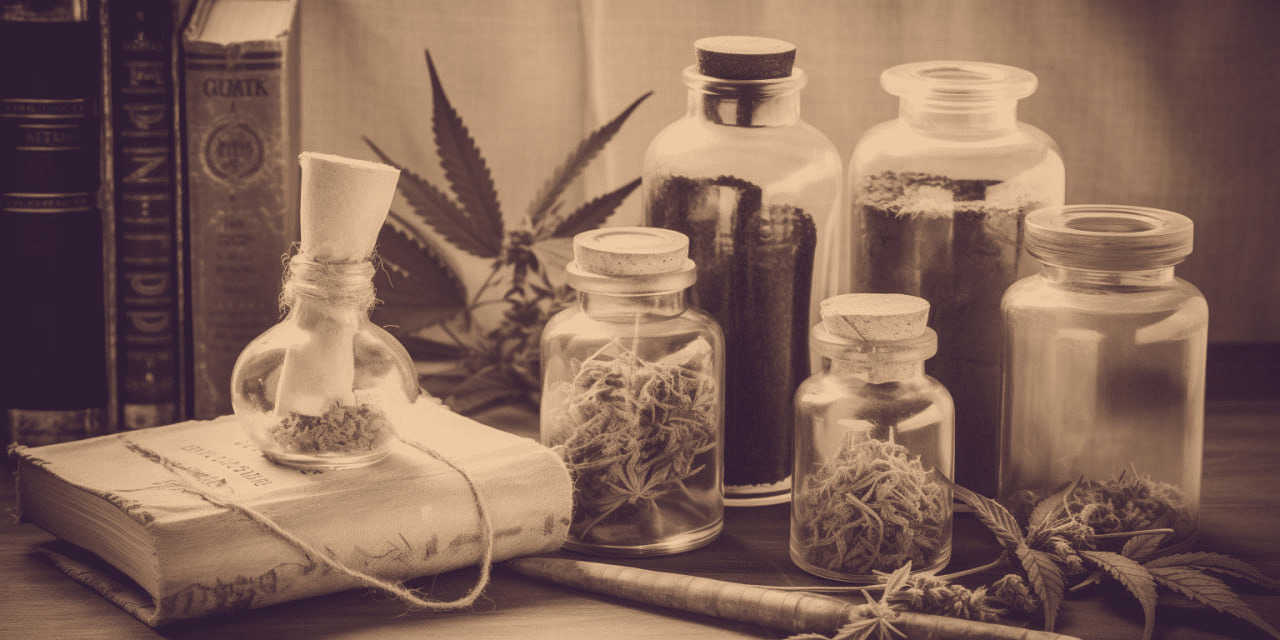
The ancient history of the medical use of cannabis spans the centuries, rooted in the bottomless past. Medical practitioners around the world have used cannabis extensively in medicinal mixtures for centuries to relieve pain and treat a variety of other ailments. Cannabis was introduced into the arsenal of Western medicine for therapeutic use in the 19th century. Since then, the world has seen many advances in its application.
In the early 20th century, cannabis was ground to a powder and mixed with wine to be taken orally as potions. In the 1970s, scientists created a synthetic analogue of THC, which became the basis for the drug Marinol, used in the form of capsules. However, despite all these advances, smoking remains the main method of cannabis use, since its effect is instantly manifested upon inhalation. Between 1996 and 1999, eight US states began implementing cannabis prescription policies despite opposition from the federal government. Most people who have been prescribed cannabis for medical purposes use it to relieve severe pain.
Ancient examples of cannabis use are just as varied. In China, where cannabis, known as "má", has been used to produce fiber for about 10,000 years. Also on the territory of modern Taiwan, cannabis was used for medical purposes. Renowned Chinese researcher Frank Dikötter reports that the root of the plant was used in the pharmacopoeia of the Tang Dynasty to treat blood clotting, and the juice from the leaves was taken orally to combat worms. Hemp seeds, ground to a powder and mixed with rice wine, have been used in medicinal mixtures against a variety of diseases - from constipation to baldness.In the Ming Dynasty, instructions for harvesting the tops of the plant were detailed, and according to the ancient pharmacopoeia, after abundant use of the tops of the plant, one could get into contact with the supernatural, see demons, rave, etc.
Continuing our journey through the history of the medical use of cannabis, we must turn our attention to ancient Egypt. Here hemp was used in the form of suppositories to relieve pain from hemorrhoids. In the second millennium BC, the Egyptians discovered that cannabis had medicinal properties for inflammation of the eyes. There are also a large number of references to the "medical cannabis plant" in a number of Egyptian texts, one of which dates back to the 18th century BC.
Following east, we meet with ancient India, where cannabis was an important part of religious rituals and medical practices. For many centuries, much of life in ancient India has been infused with the presence of cannabis in a variety of forms. The texts that have survived to this day indicate that ancient Indian doctors were clearly aware of the psychoactive properties of cannabis and actively used it for therapeutic purposes, using it to treat insomnia, headaches, various gastrointestinal disorders and pain syndromes. Cannabis has been a widely used remedy for the pain of childbirth.
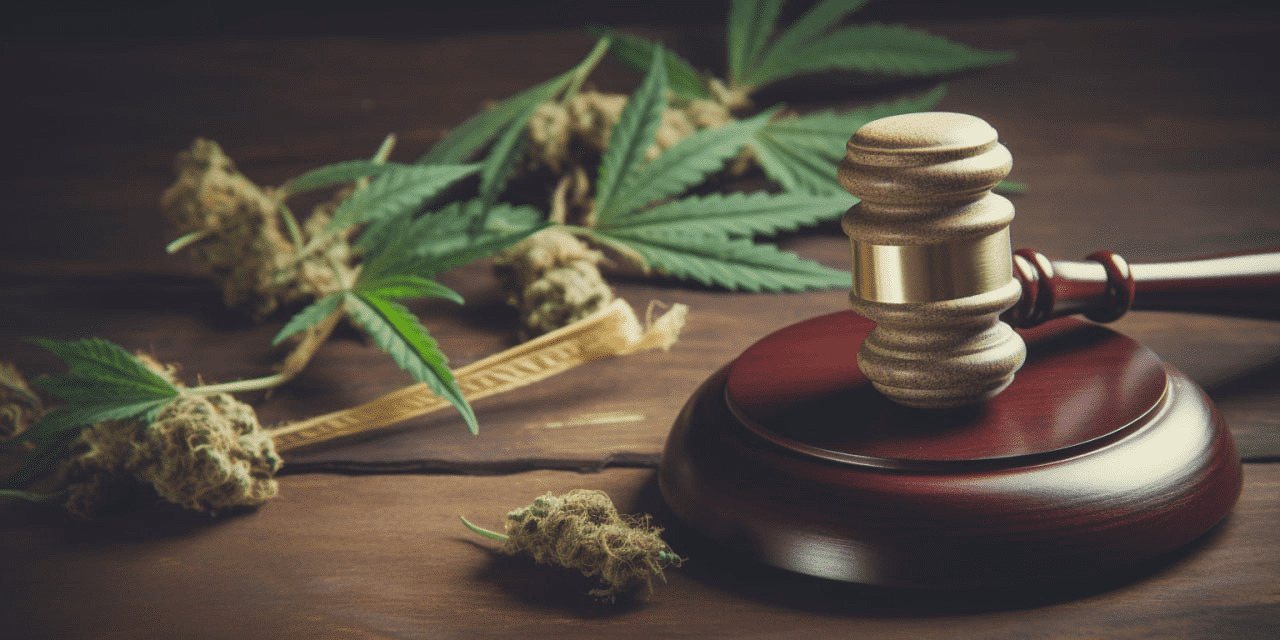
Medical cannabis is now being used as a supportive treatment for many chronic diseases and conditions. A large number of countries have already recognized its merits and legalized its use in medicine. Here are some striking examples.
As of June 2023, only a few cannabis-based drugs remain legal in Ukraine. And even then they are produced abroad and cost fabulous money. Let's hope that soon we will turn into a chic producer of this very valuable crop, and first-class raw materials with the label “Medical Cannabis Ukraine” will spread around the world.
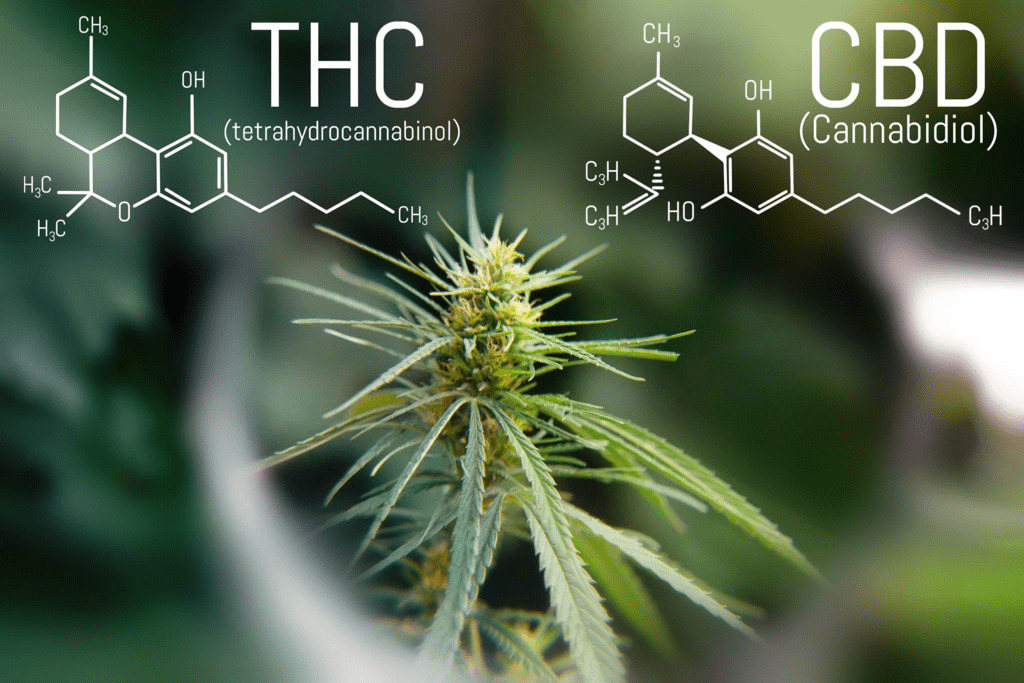
Hemp, or cannabis, has rich chemical composition. This plant contains more than 400 chemical compounds, among which cannabinoids, terpenes and flavonoids stand out.
Cannabinoids are a class of chemical compounds that act on cannabinoid receptors in cells, which stimulate the release of neurotransmitters in the brain. Of the more than 100 known cannabinoids, the best known are tetrahydrocannabinol (THC) and cannabidiol (CBD).
But besides these two, there are other important cannabinoids:
Terpenes are a large class of organic compounds found in many plants, including cannabis. They are responsible for the smell and taste of the plant. An example of a terpene in cannabis is myrcene, which has antioxidant, soothing, and anti-inflammatory properties.
It is also important to mention the endocannabinoid system, which is key to the effects of cannabinoids on the body. This system includes includes receptors located throughout the body that interact with cannabinoids to control a range of functions such as inflammation, pain, and mood regulation.
To learn more about how cannabinoids, specifically THC, can be found in the article "What is THC ".
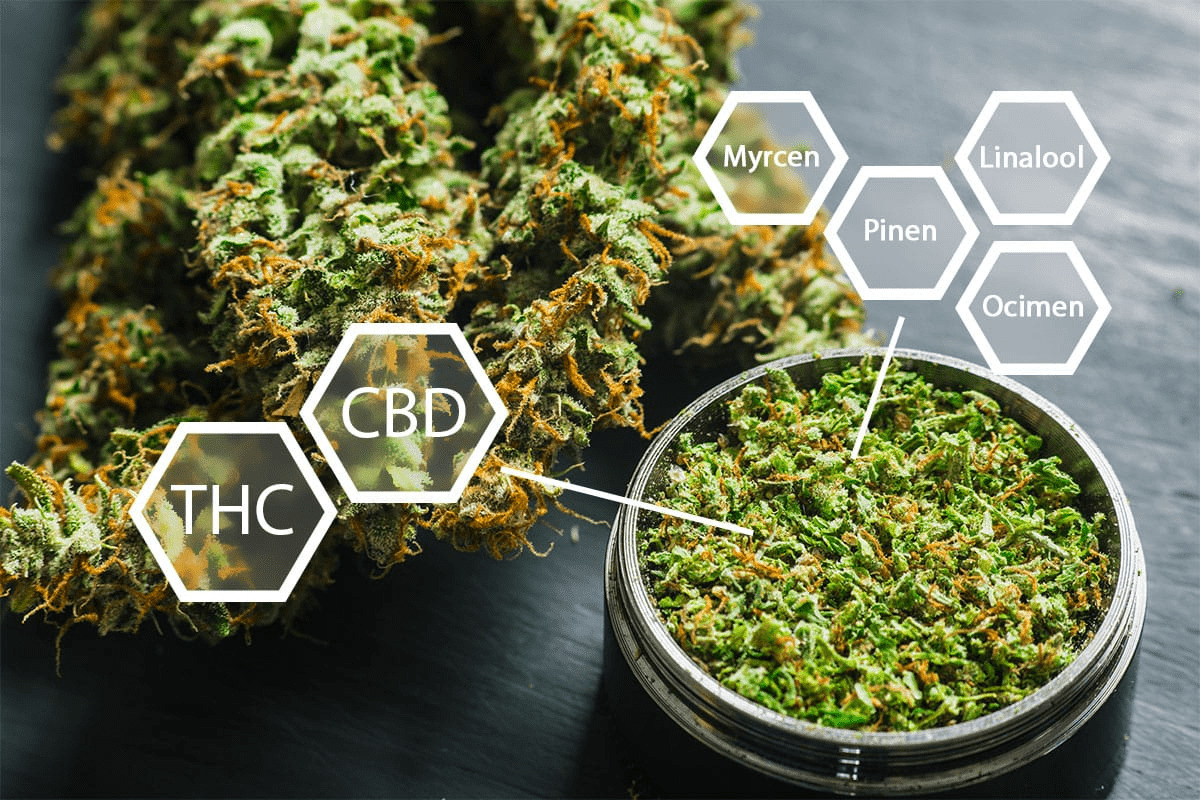
When we use cannabis, our body absorbs hundreds of plant compounds. Each has unique effects and benefits, and their behavior may change in the presence of other compounds. This is the entourage effect.
This is similar to how your mood can change depending on your social environment. How do you behave when you are alone, at a party with strangers, or hanging out with your best friend? Your mood and the personality you project changes depending on who is with you.
To illustrate the cannabis entourage effect, let's work with two compounds you're familiar with: THC and CBD. In a 2010 study, patients with cancer pain were given either a pure THC extract or an extract containing almost equal levels of both THC and CBD. Patients treated with the THC/CBD combination reported experiencing less pain.
But cannabis is so much more than just THC and CBD. It also produces other cannabinoids such as CBN, CBC, CBG and many more, as well as terpenes, which are aromatic compounds that are also easily found in the essential oils of lavender, orange, black pepper, eucalyptus, and many more.
For example, the cannabinoids CBD and CBG have been found to inhibit the bacterial infection of Staphylococcus aureus MRSA. They can be even more effective when combined with an MRSA-fighting terpene-pinene, or when combined with terpenes that increase skin permeability.
Let's look at a concrete example.
Variety: Auto Cheese Fondue Feminised Silver
Cannabinoids and terpenes: THC 19%, myrcene, caryophyllene, limonene.
Possible Synergy: Understanding the potential benefits of THC, Myrcene, and Caryophyllene, this strain can be recommended for those with sleep problems (Myrcene) while addressing pain and inflammation (THC and Caryophyllene).
The variety of cannabinoids and terpenes found in cannabis is often the reason why many consumers prefer flowers over extracts. There are many compounds in the inflorescence with their respective potential benefits.
Lemon-flavoured terpene-limonene may help counteract THC-induced memory impairment. The combination of CBD and the peppery terpene caryophyllene can be helpful in addiction treatment. CBD and terpene - citrus flavored limonene can work together to ease anxiety.
THC plus CBN (cannabinol) has the potential to cause increased sedation.
So, which cannabis products are more likely to contribute to the so-called entourage effect?
The cannabis flower is certainly high in cannabinoids and terpenes as it is a raw plant product. But some cannabis extracts also contain large amounts of cannabinoids and terpenes. We call it Full Spectrum Cannabis Extracts.
Oils, oral pods, ointments, vape cartridges…full spectrum extracts come in many forms. What characterizes them as "full spectrum" is the long list of chemical compounds they retain. This means the extract can deliver THC, CBD, CBG, CBN, myrcene, caryophyllene, limonene and more, all in one convenient package.
Not all cannabis extracts capture the wide range of compounds produced by the cannabis plant. Some are refined to contain a single compound, usually CBD or THC. It's called THC and CBD isolate respectively.
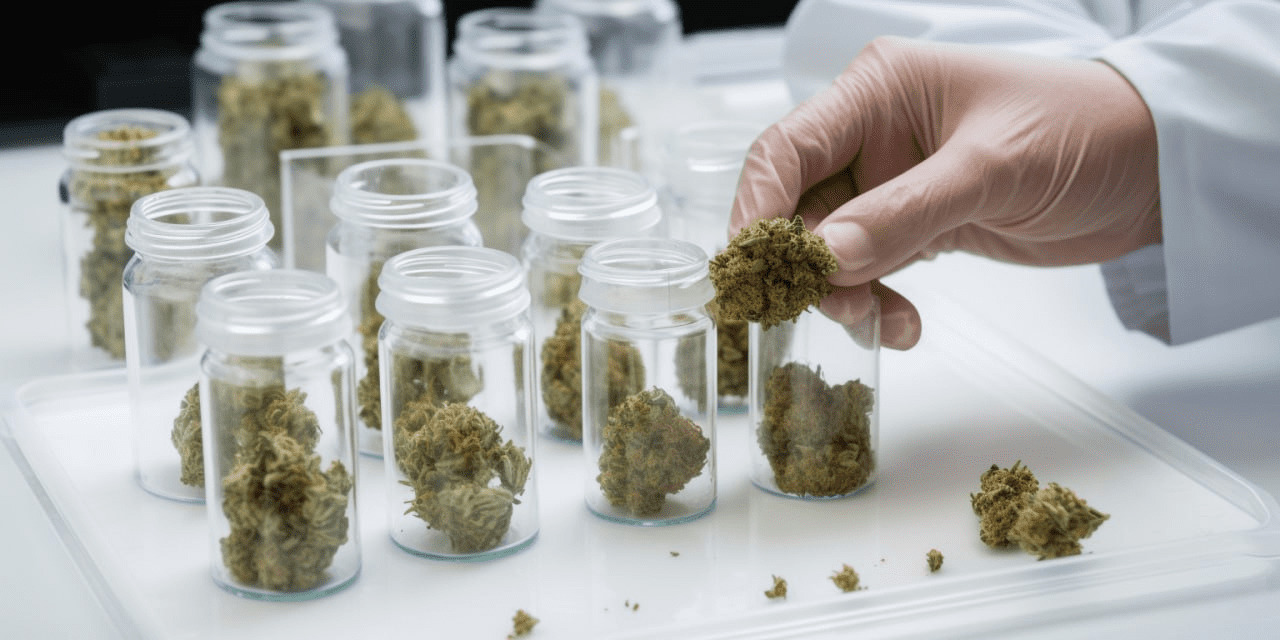
Cannabis helps to alleviate some of the symptoms associated with chemotherapy by helping the body fight the growth of cancer cells. This medicine should be legal so that relatives of sick people do not scour the streets asking where to buy medical cannabis.
Many cancer patients are thrilled to discover that cannabis can relieve them of the pain and nausea that comes with chemotherapy. There are already many examples that show the positive effect of cannabis on the course of the disease.
The idea is not that cannabis cures cancer. The combination of cannabis with chemotherapy is discussed here to minimize the effects of radiation on a cancer patient.
So, let's find out why you can and should combine both treatment options.
During chemotherapy, patients experience a range of unpleasant symptoms, from dizziness to nausea and vomiting. Such patients need chemotherapy because radiation kills cancer cells in the body, however the side effects often make it a terrible experience.
Patients need additional medications to combat side effects and symptoms so they can get chemotherapy without feeling very sick.
First of all, cannabis helps alleviate some of the symptoms associated with chemotherapy!
It also plays a supportive role in helping the body fight the growth of cancer cells.
Some patients are often concerned about the use of cannabis during chemotherapy: they wonder if they should smoke, chew, or use it in other ways.
Indeed, foreign oncologists are against patients smoking cannabis if the patient has cancer or another serious lung disease. But some prefer their patients to smoke cannabis because the cannabinoids enter the body and bloodstream at times faster. Interestingly, cannabis is a bronchodilator, which means that instead of compressing the lungs, it expands them, which means that it does not cause more harm to the patient. However, if you have a lung problem, you will need to weigh the pros and cons before you start smoking.
The option allows the patient to inhale cannabinoids, eliminating cannabis combustion products from entering the lungs. You don't burn cannabis, you just heat it up to a certain temperature, releasing only the cannabinoids you need.
Patients who do not like to "smoke" cannabis will enjoy this method more because it is good for the lungs and convenient. You can use this option to prevent others from knowing that you are taking cannabis. After all, there is no characteristic smell!
Patients undergoing chemotherapy can also take cannabis sublingually, which happens when the medication is dripped under the tongue. Typically, CBD oil is dripped under the tongue. This approach gives faster results, but you need to make sure that you have the correct dosage before applying this method.
Cannabis can also be chewed in cases where the patient is unwilling or unable to smoke or vape. People have been chewing marijuana for centuries as a medicine, so this is not a new idea. Don't worry, you won't get euphoria from chewing raw marijuana; you may want to consider consuming it in other forms such as other edibles, tinctures, and gummies.
Here are some tips to help you get the most out of your cannabis use:
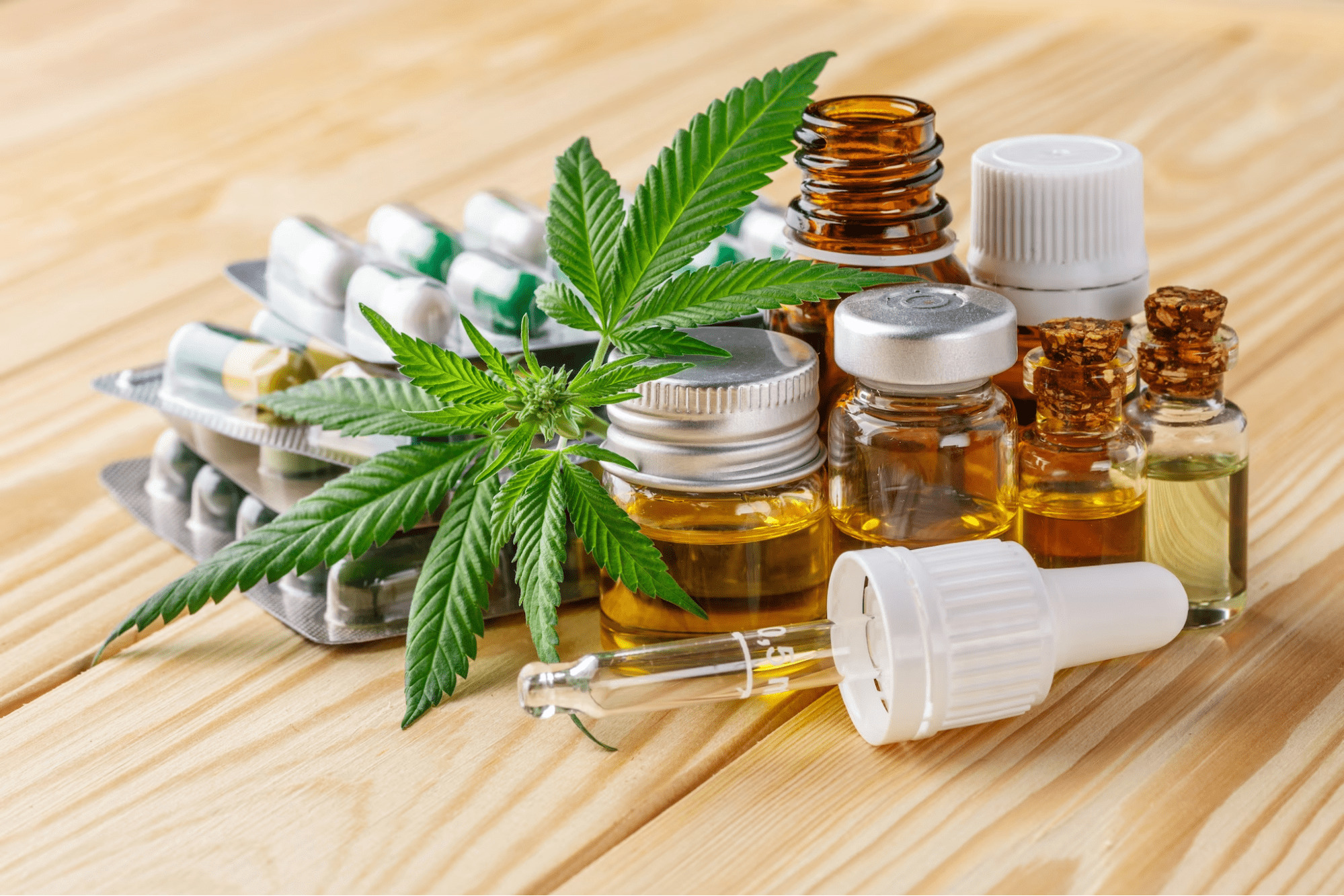
Please note that the benefits described below are based on the experience of real patients who have used cannabis during chemotherapy:
One of the earliest side effects of chemotherapy is the nausea that cancer patients have. Many patients undergoing chemotherapy complain of excessive fatigue, headaches, and high body temperature. By including cannabis in your treatment, you can significantly reduce most of these side effects.
It should be noted that most of the patients took cannabis for a certain period.
Cannabis increases appetite. Many patients undergoing chemotherapy report that they cannot eat or lose their appetite after a chemotherapy session. When they started using cannabis, they noticed that their appetite returned with increased food cravings and a desire to snack more. Chemo patients need to eat well to stay strong enough for treatment, and cannabis can help.
Another side effect of chemotherapy is exhaustion! Patients feel completely overwhelmed by the treatment process, which eventually stops working mentally. Fatigue during chemotherapy means they are also prone to mental and physical breakdowns. But patients who combined cannabis with chemotherapy testify that they felt energized. CBD and THC have properties that can keep patients active throughout the chemotherapy process.
Chemotherapy patients complain of insomnia during chemotherapy, so no matter how hard they force themselves to sleep, they just can't. Because patients are pre-prescribed steroids to help with side effects, most suffer from insomnia as well. Cannabis can help patients feel well-rested throughout the day as it brings back sleep.
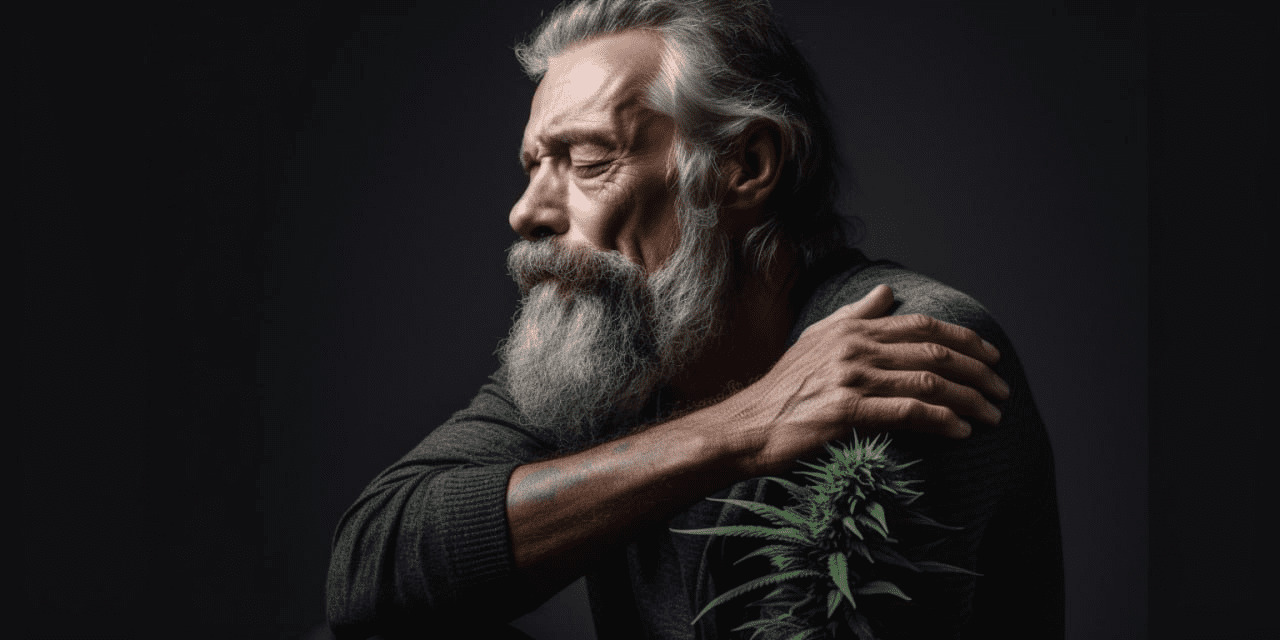
The variety of pain symptoms is one of the reasons why CBD-based drugs are becoming more and more popular among people suffering from pain.
CBD products help in relieving various conditions. For example, hemp oil can be used to treat neuropathic pain as well as inflammation.
Pain is the most common complaint of medical cannabis users. Clinical trials of phytocannabinoids and prescription cannabinoids generally support their usefulness as an analgesic for chronic pain.
Studies show that CBD can have a positive effect on the effects of chronic pain for more than three months. Cannabinoid hemp oil has the ability to relieve muscle spasm in multiple sclerosis patients and treat other chronic pain conditions, including fibromyalgia. A separate study showed that CBD can reduce inflammation and reduce pain. Moreover, patients did not develop resistance to the effects of CBD with long-term use, and there was no need to increase the dosage to achieve the same pain relief effect. In these cases, patients who use conventional pain relievers often find that they need to increase the dose in order to remain effective. Medical cannabis is one of the natural ways to deal with many types of pain, with almost no tolerance.
Back pain is one of the most common problems. Although back pain will get worse and prevent you from doing simple daily activities, people with chronic back pain are understandably reluctant to use traditional pain medications due to addiction issues, and the constant need to increase the dose or switch medications.
This is why topical CBD therapy is becoming more common among those suffering from chronic back pain. Topical treatment allows you to use the pain-relieving properties of CBD oil naturally to relieve back pain and provide localized relief.
Topical treatment of severe pain with cannabis is popular among people. The circumstances of acute pain vary greatly and can include anything from sunburn to muscle pain experienced by professional athletes due to exercise and accidents. Each patient can choose an option for himself: an extract, an extract in oil, or in the old fashioned way, smoking. There are a huge number of ways, everyone will find what suits him!
Medical Cannabis in Ukraine is presented unfortunately only in the form of a few approved drugs.
Below is a list of chic strains with amazing healing potential:
Author: Dmitry Morgan
Related articles: